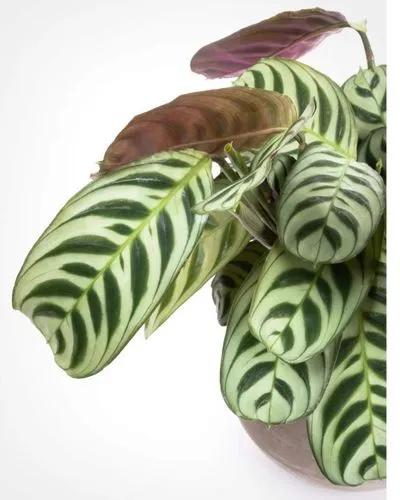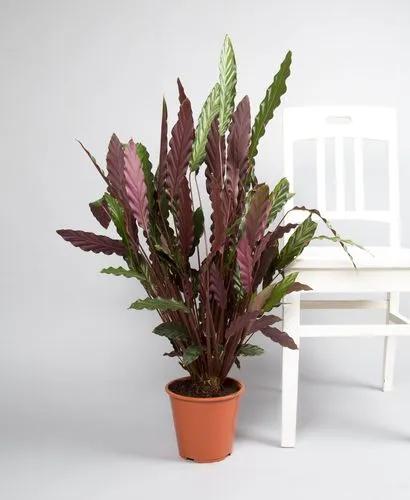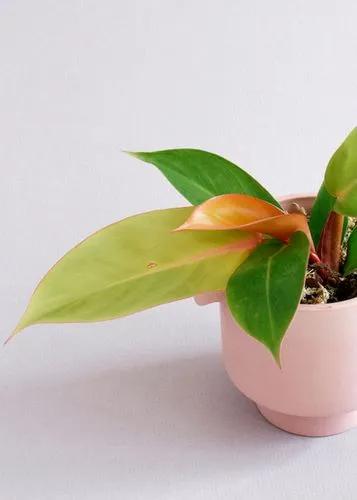Velvet and juicy Peperomia has won the hearts of many plant enthusiasts around the world. This bright plant is perfect for beginners, as it doesn’t require much attention. With its bright foliage, the plant can freshen up any dwelling.
Peperomia Abricos Care
Peperomia caperata ‘Abricos’



Commonly known as Peperomia Abricos or Peperomia Apricot, Peperomia caperata ‘Abricos’ is a variegated member of the Piperaceae family. Native to North America, this plant is a cultivar of Peperomia caperata species. Peperomia Apricot is perfect for beginners, as it is a slow-growing plant and doesn’t require much attention. Its maximum height is 1 foot (30 cm). This plant is usually grown for its foliage. The leaves have rounded shape, burgundy or orange borders and a velvety texture.
How to Care for the Plant

Water

Give your variegated greenie a drink when the soil dries out completely. This plant prefers to be regularly hydrated, but too much watering can damage the root system. When watering, make sure not to splash the drops on the leaves, as Peperomia doesn’t like to be misted.

Pruning

This plant is not usually pruned for decorative purposes. If there are any damaged or dry foliage, you can remove them with sterile scissors.

Fertilizer

Peperomia Abricos is not a heavy feeder. Repot it once a year or as soon as the plant doubles in size. The plant should get all the necessary nutrients from fresh soil.

Sunlight

Peperomia Abricos feels best under ample or indirect light. Avoid direct sunlight exposure, as it can scorch leaves.

Soil

Well-draining, acid to neutral soil with a pH range of 5-7 will make Peperomia Apricot thrive. It’s recommended to amend drainage by mixing perlite with a regular potting mix.

Propagation

It’s best to propagate Peperomia Apricot through root division during repotting. Divide a few leaves with roots attached and plant the part into a well-draining potting mix. Hydrate the new plant regularly to let it establish in the new environment.

Temperature

A warm temperature of 64-78°F (18-26°C) will be the most comfortable for this plant. Peperomia Abricos is a tropical greenie, so introducing a humidifier close to it will also be beneficial.

Container

It’s best to grow Peperomia Apricot in a container made of glazed ceramics. The pot should be at least two times larger than the plant’s root ball and have one or more drainage holes.

Fun fact

Unlike many other plants, Peperomia Apricot doesn’t contain toxic chemicals, so it’s safe for humans and pets. This Peperomia species is a perfect indoor plant with its easy care, non-toxicity, and air-purifying properties.

Popularity

121 people already have this plant 15 people have added this plant to their wishlists

Common pests

Fungus gnats and spider mites tend to be the most frequent culprits of Peperomia Apricot. In case you spot any pest infestation signs like webbing, gnawed foliage, or stunted growth, treat the plant with an insecticide.

Frequent diseases

Peperomia Apricot can fall victim to root rot and leaf spots caused by an inappropriate watering routine. Make sure not to overwater the plant. If Peperomia shows fungal disease signs, treat the roots with a fungicide and replant the greenie with a fresh soil mix.

Botanist’s tips

Discover more plants with the list below
Popular articles






